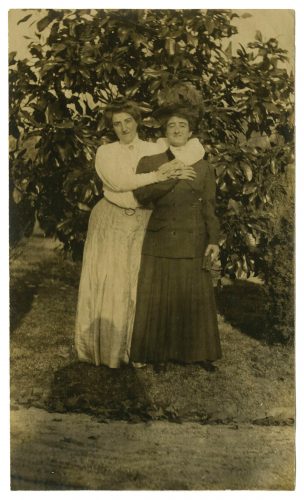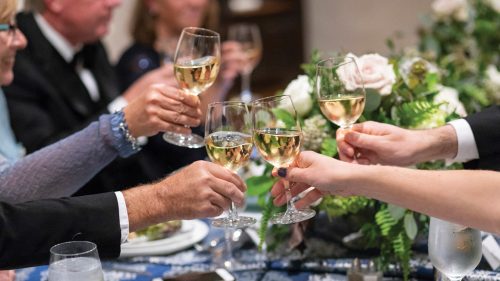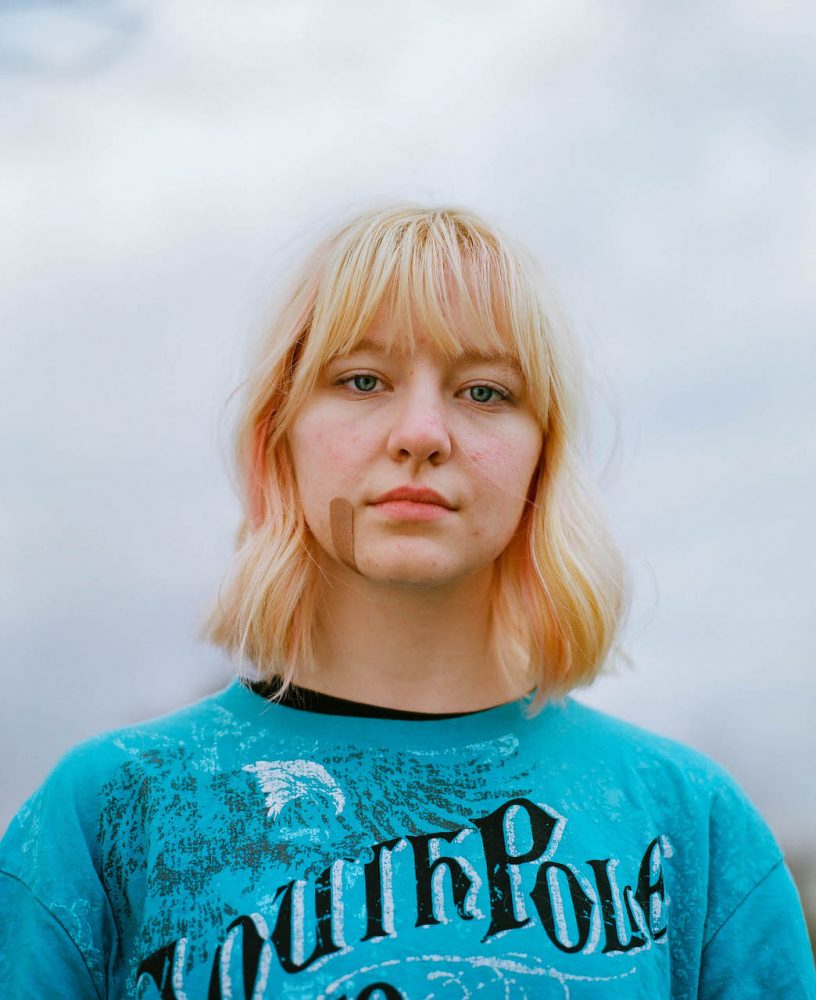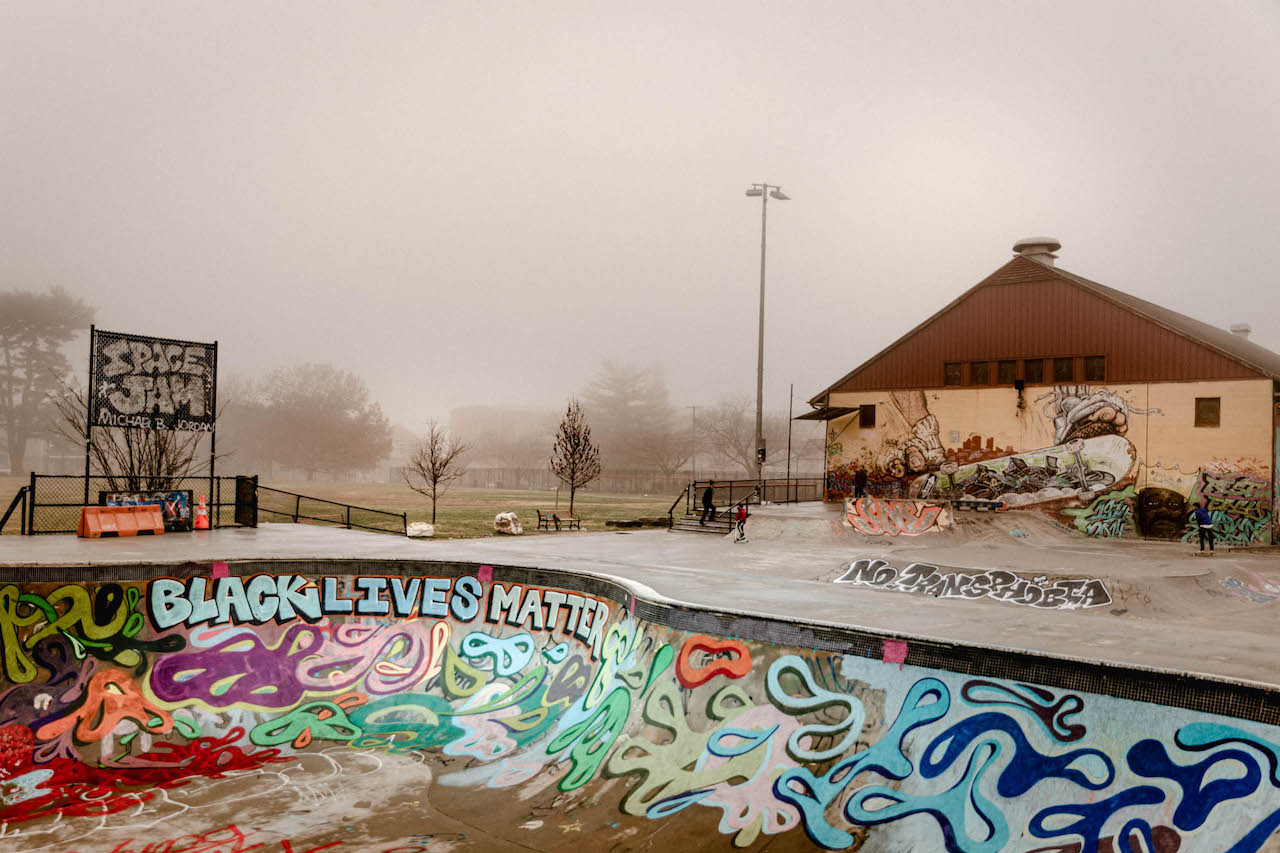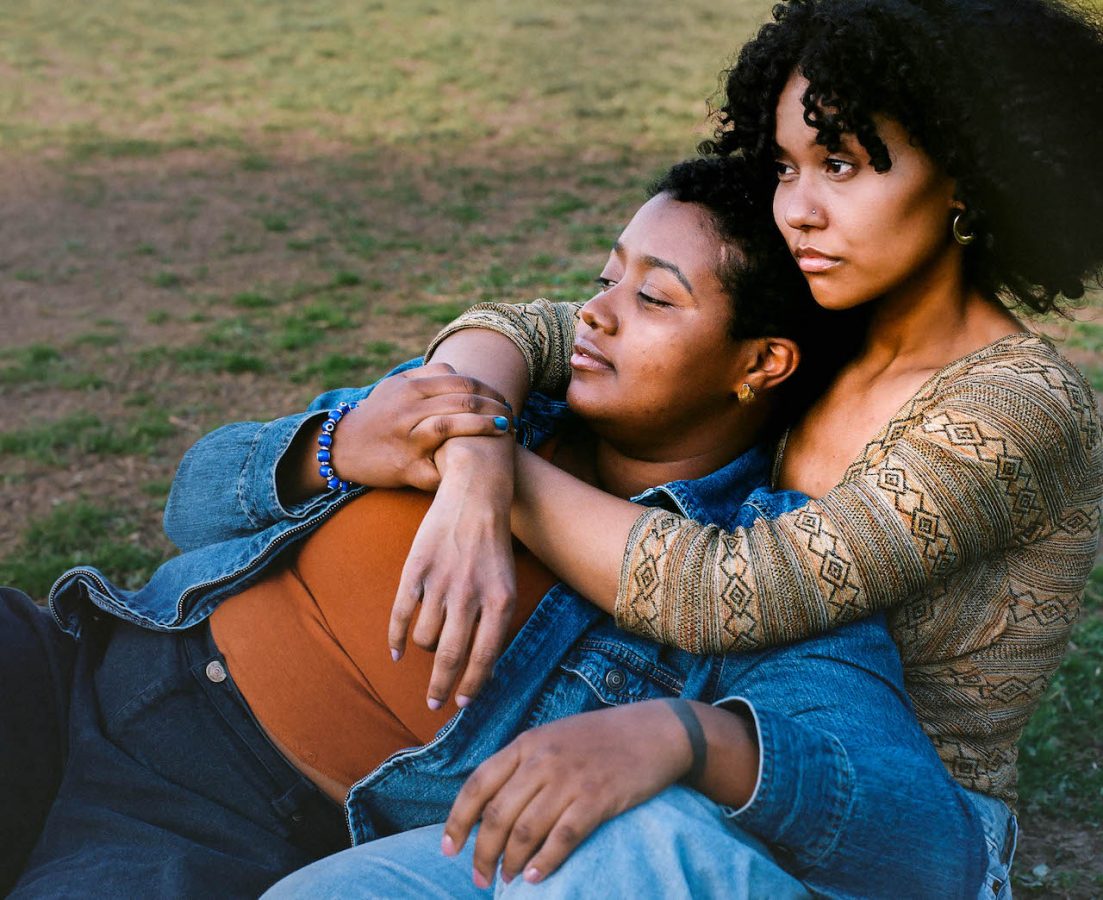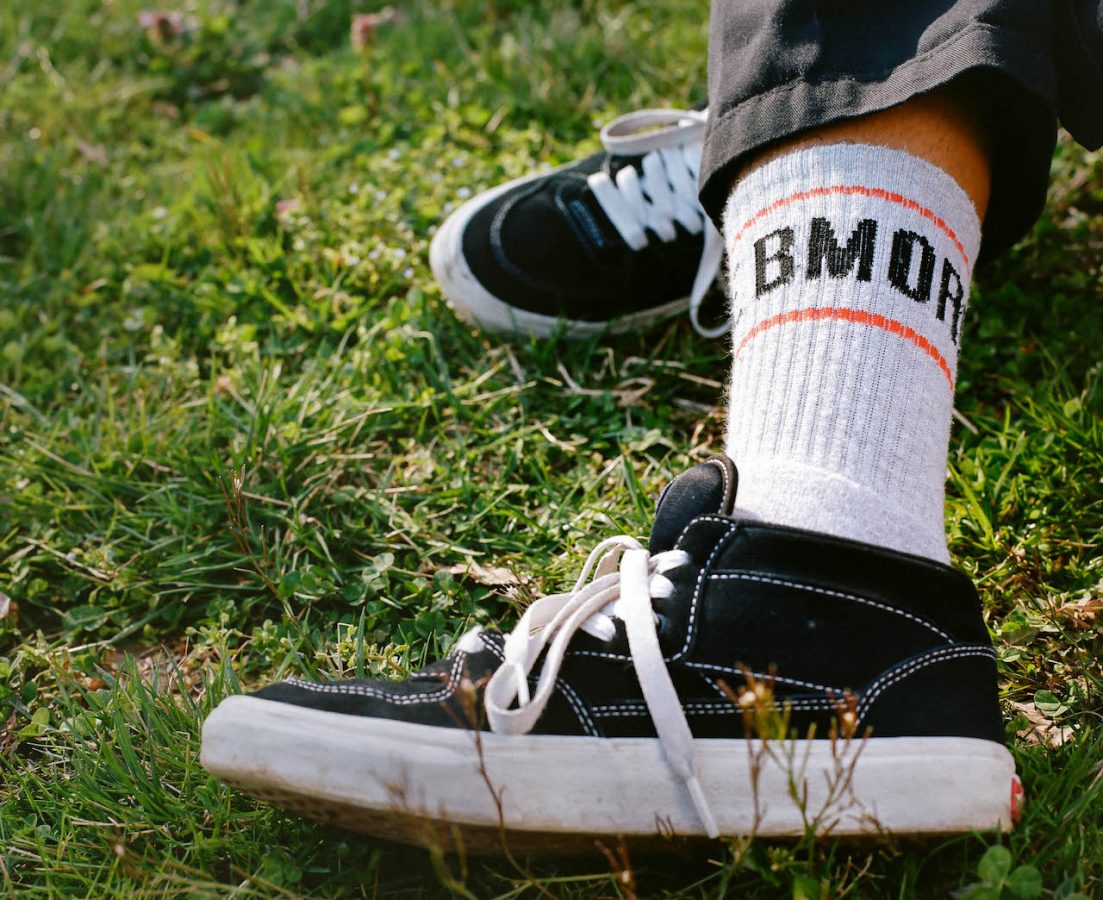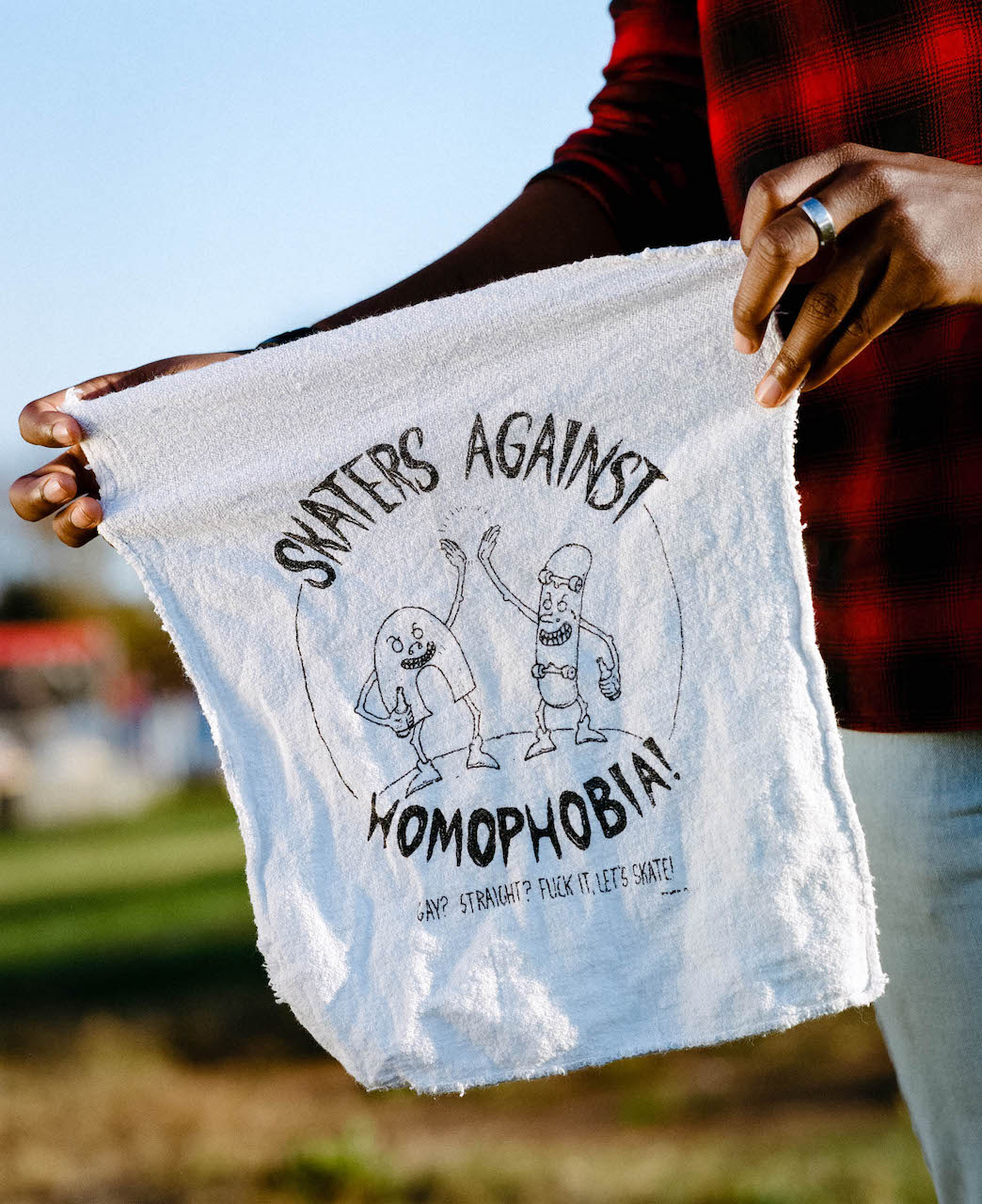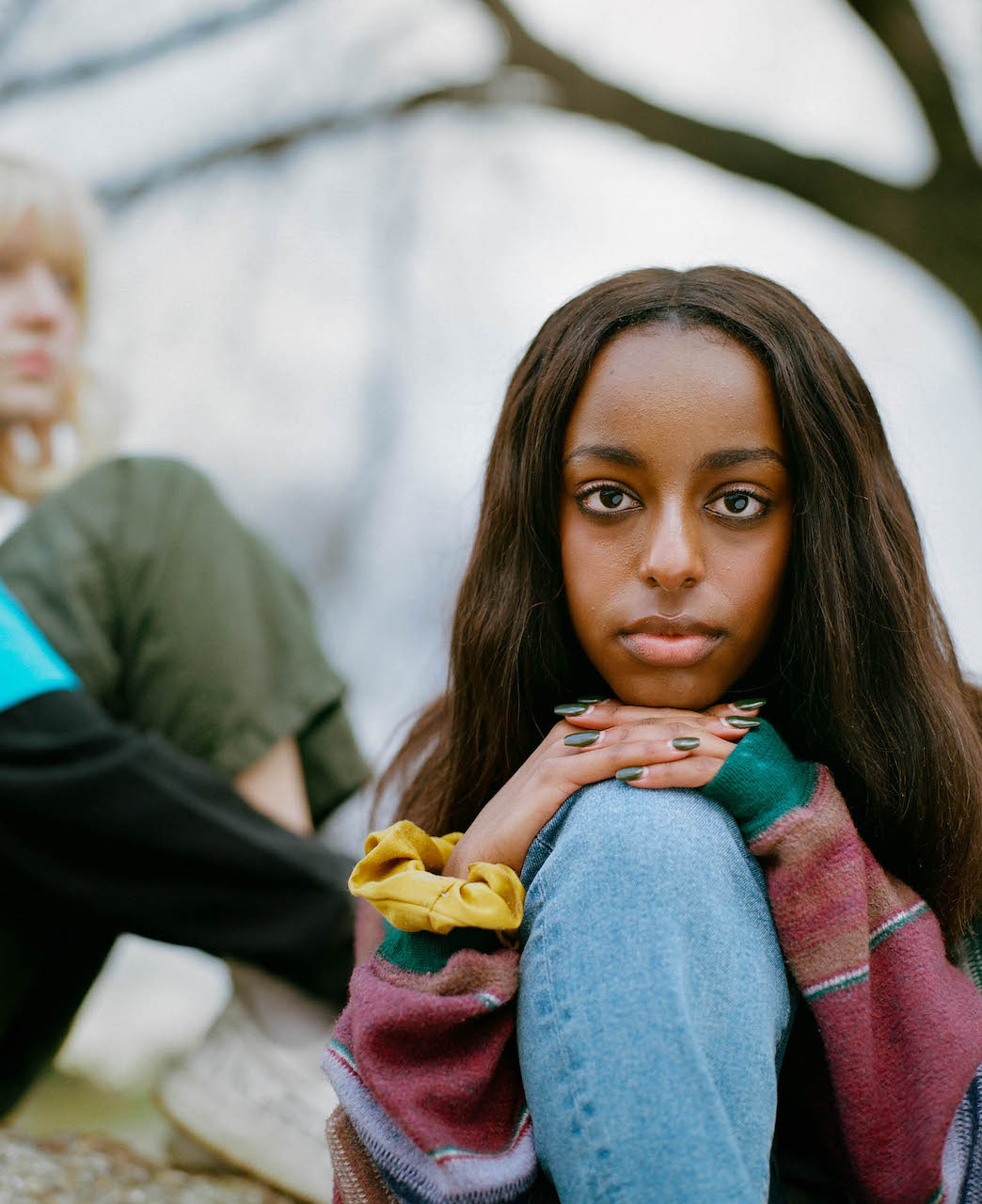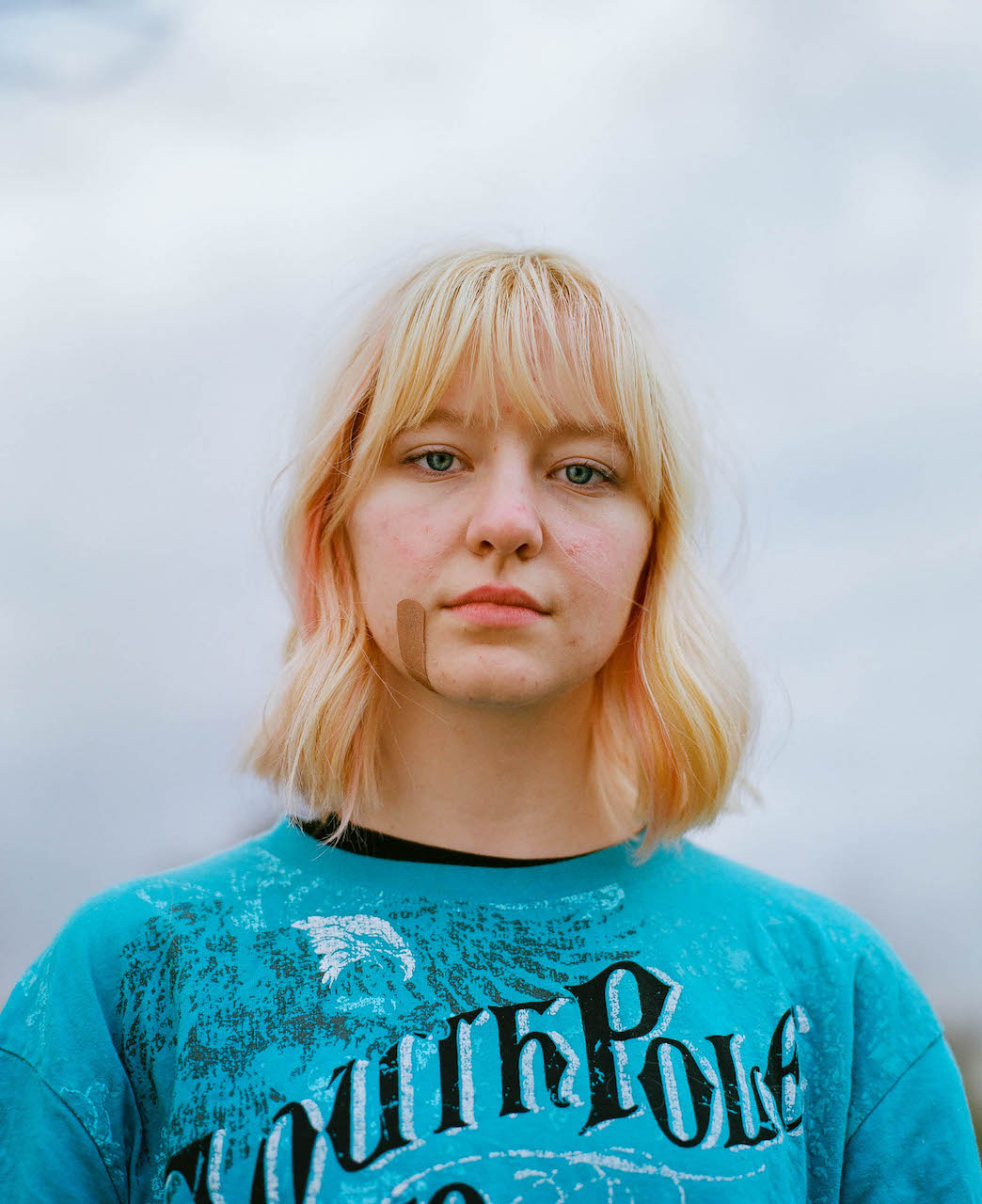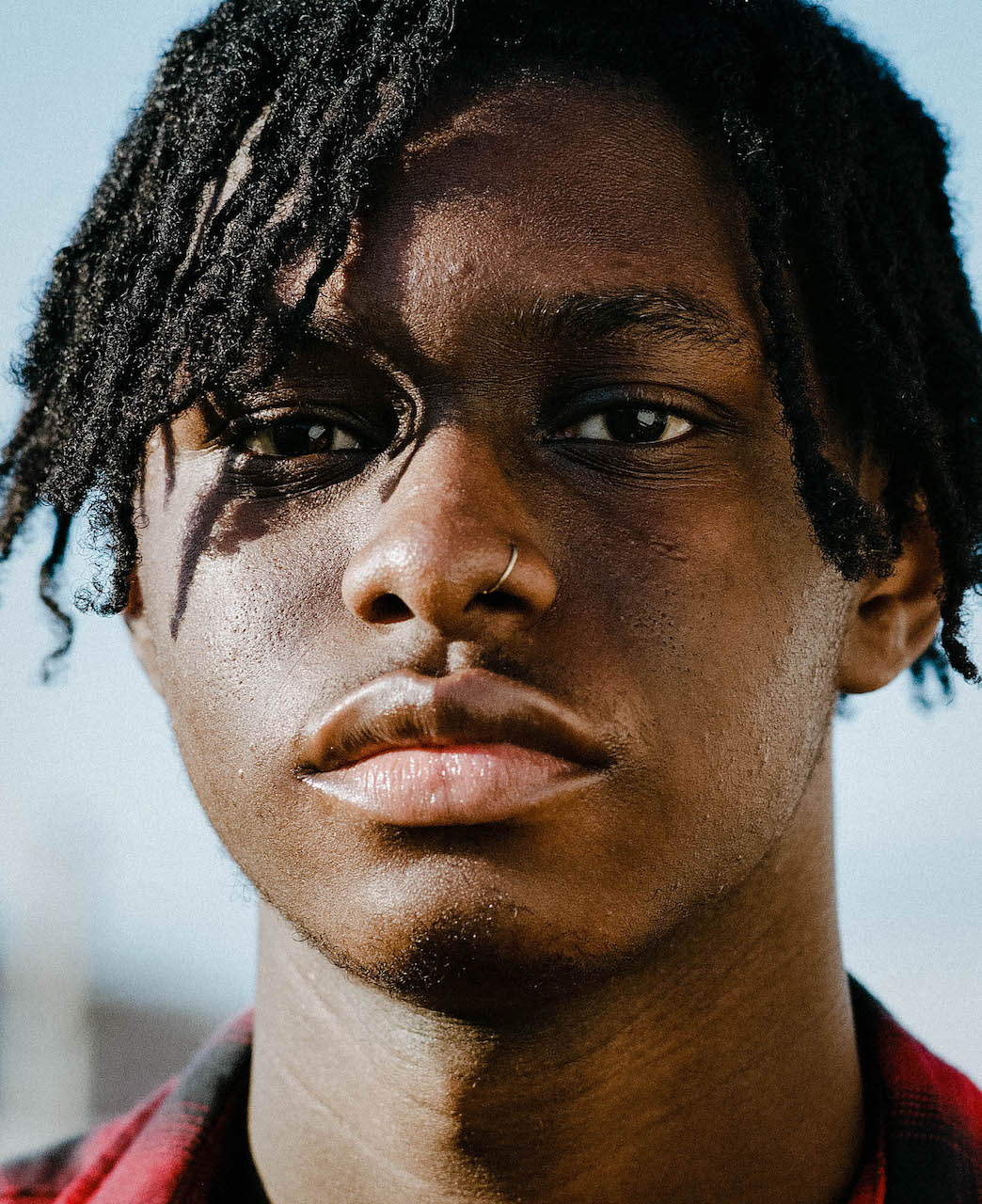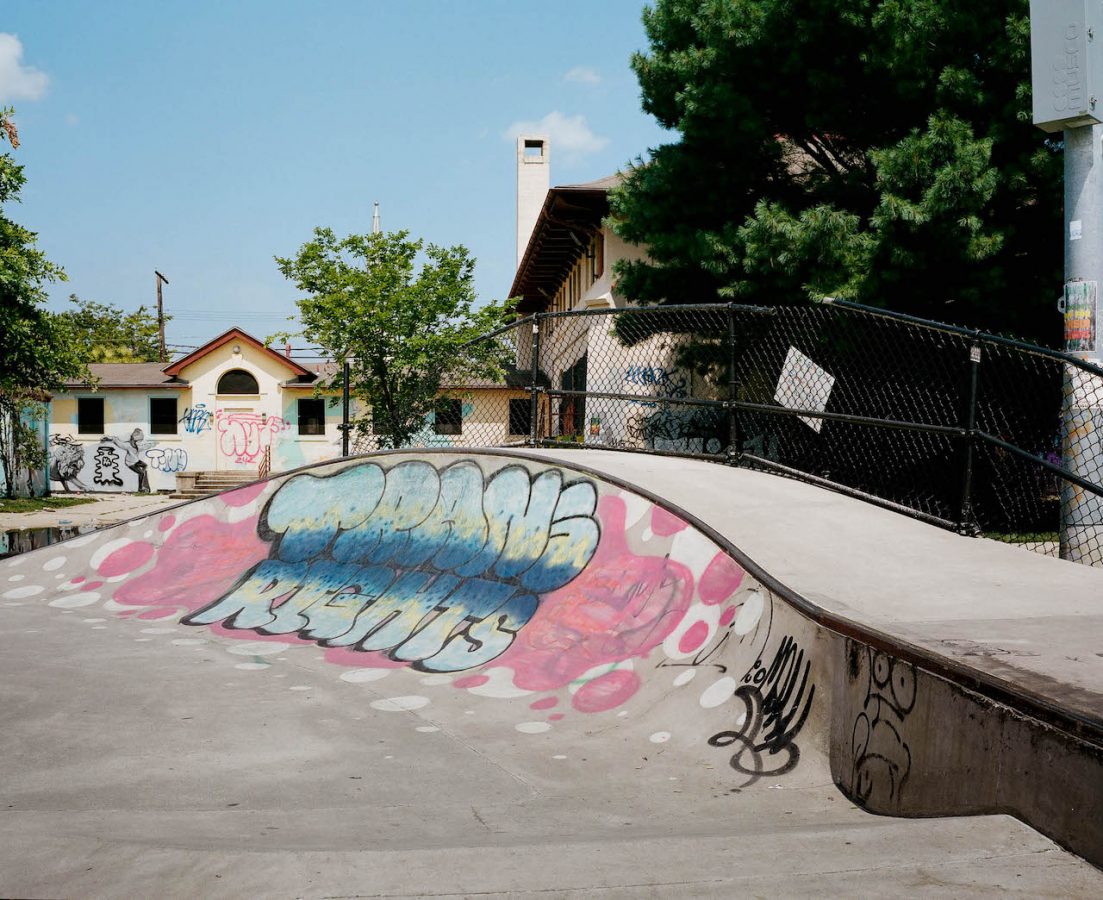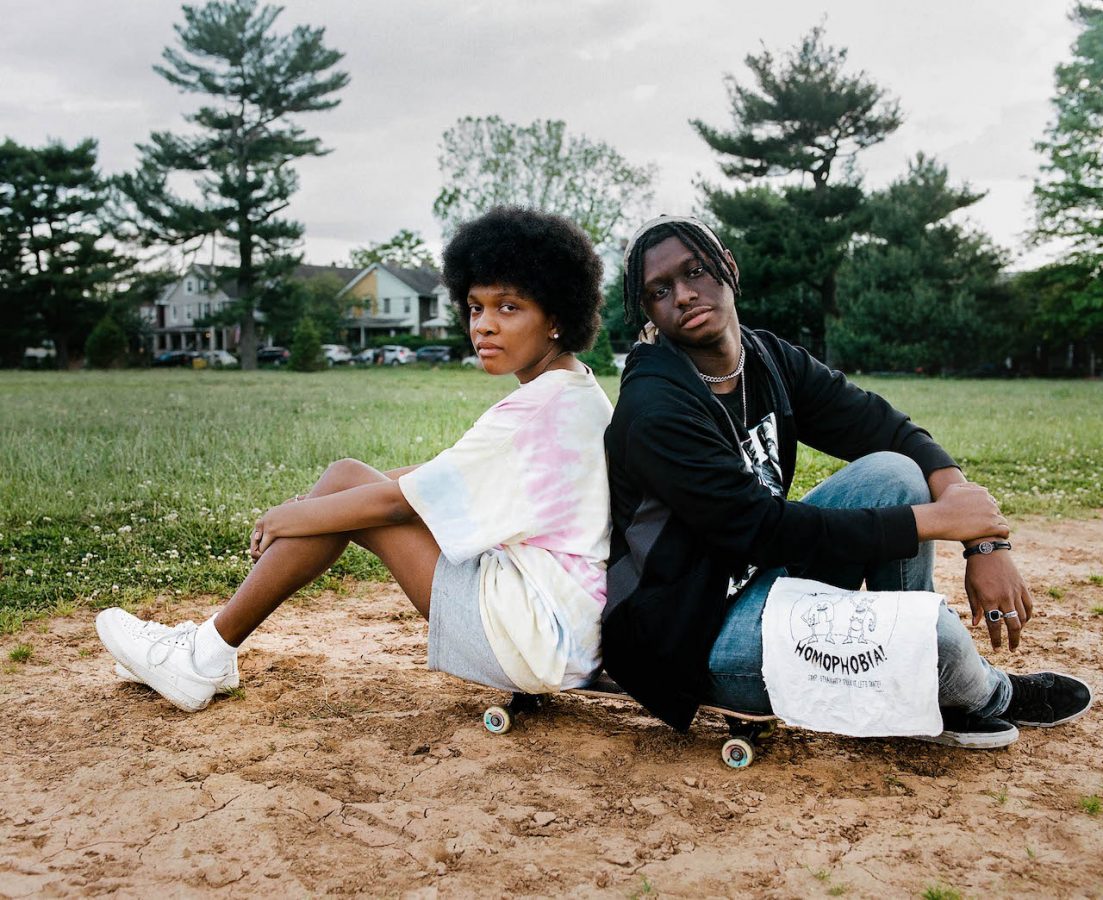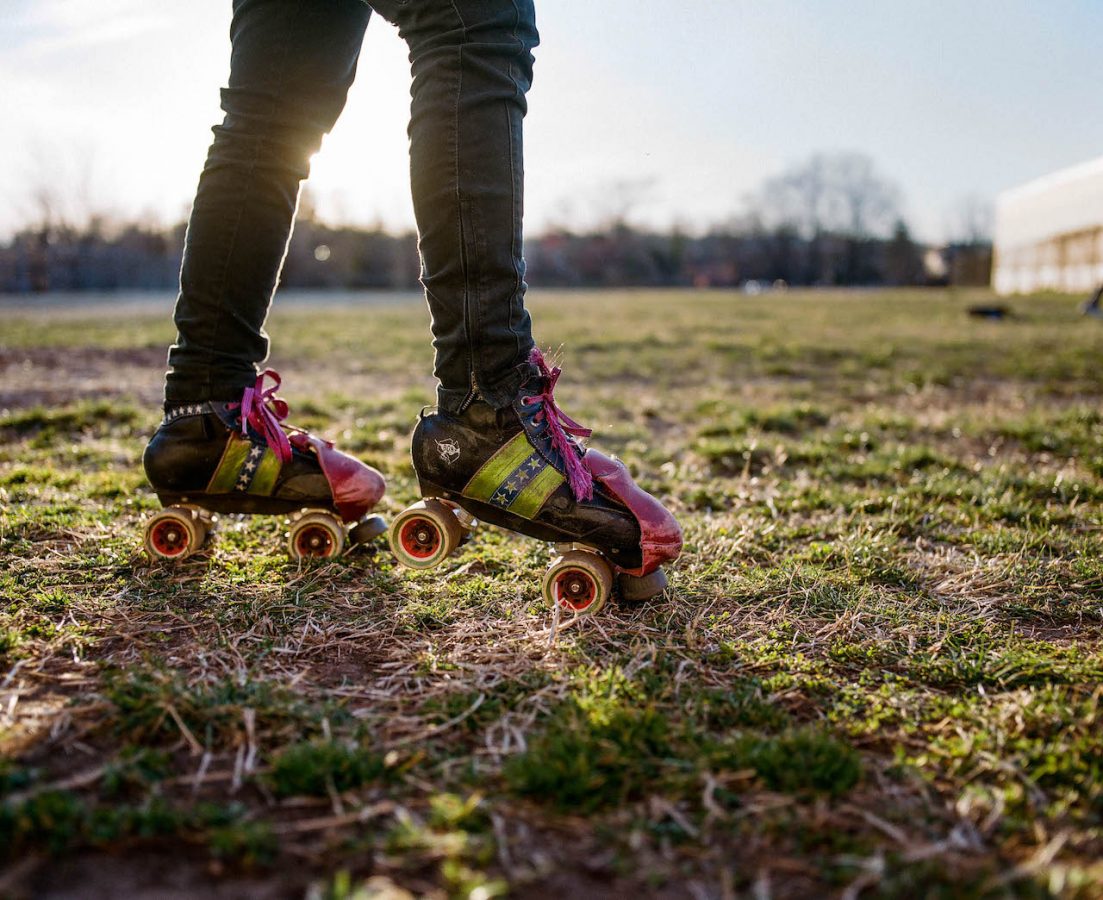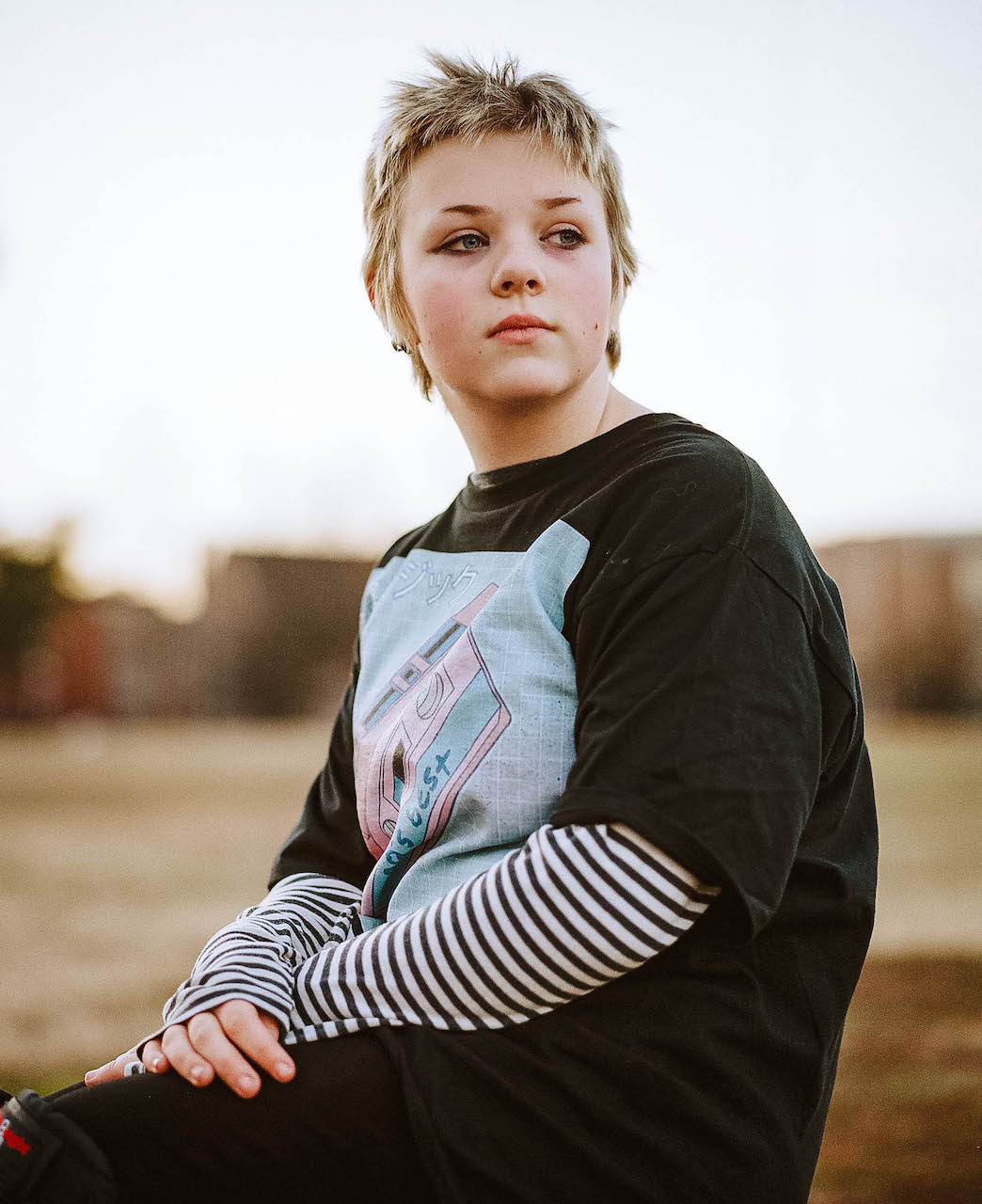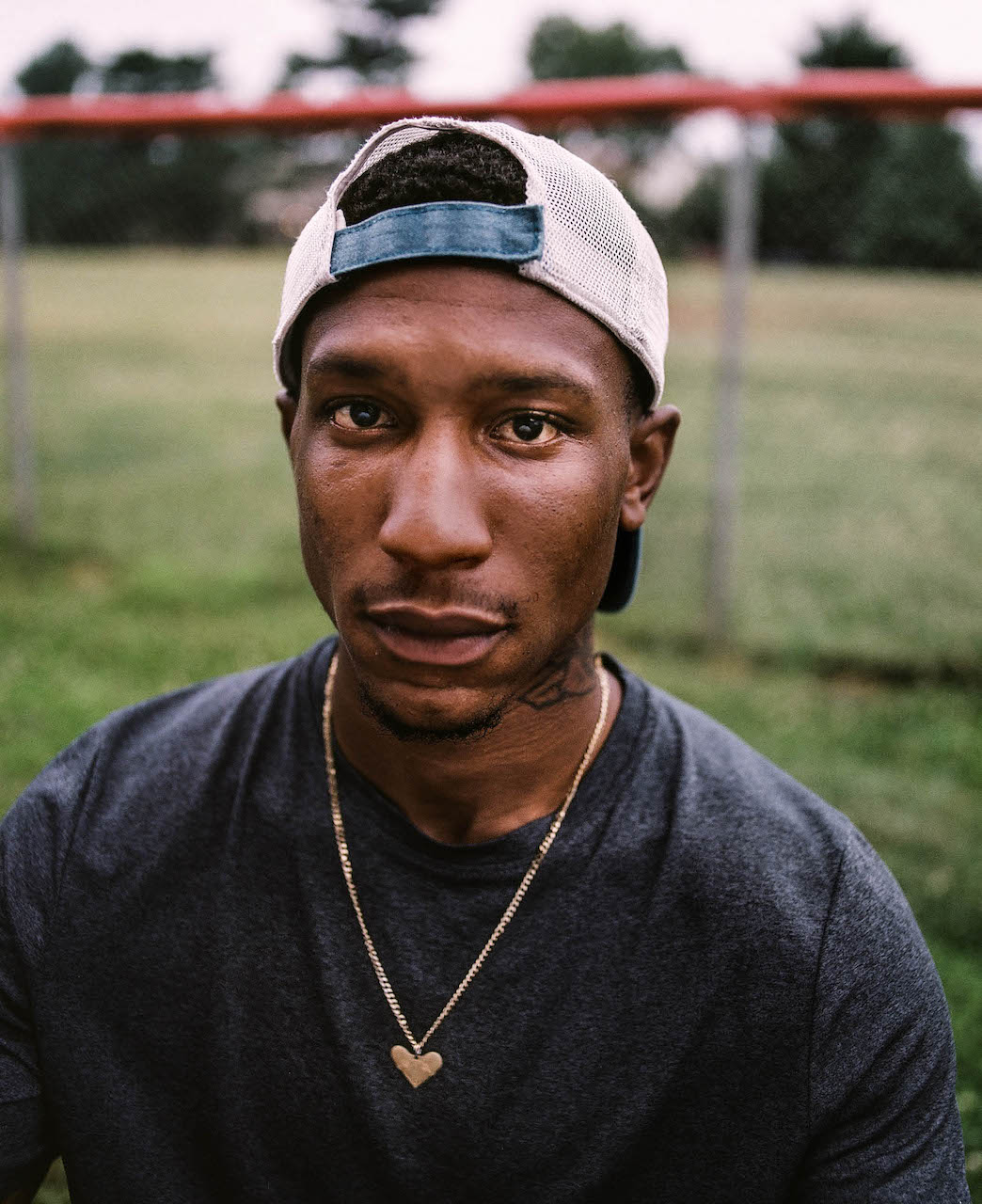Name: Saskia Kahn
Age: 33
Profession: Freelance photographer and teaching artist
Hometown: Brooklyn, NY
Baltimore neighborhood: Charles Village
Website: saskiakahn.com
Instagram: @ohsaskia
When did you get your first camera and what was it?
For my 9th birthday, my grandpa gave me a Pentax IQZoom 35mm point and shoot. And this year, I bought several more on eBay to hand out to a few people I met at the skatepark to contribute to this project.
Film or digital. Or both?
Both! I shoot digitally for assignments and client work to make sure my workflow is solid, fast, and has a lot of variety. I get very “snap happy” on jobs. I need to deliver a lot of images, so using digital cameras is essential. I also shoot digitally for most of my street portraits and self-portraits. Using film is how I treat myself. It’s expensive, but in return, I get an experience and an object that digital cannot stand in for. It slows me down. My senses become heightened to the moment, not the results. It’s a sacred experience to see your memories returned to you in the form of a select few images that I don’t think I’ll ever get tired of.
Who is your favorite photographer?
Oy! Can you even say, Robert Frank or Bruce Davidson? I cried in front of Roy DeCarava’s prints right before lockdown. I don’t think I have a favorite, but they hold some solid real estate in my heart. Right now, I stan Adama Delphine Fawundu and LaToya Ruby Frazier.
What is your favorite time of day to shoot?
A couple of hours before dusk. There’s usually a good chance there’ll be lush dark skies with enough sun for contrast that my friend, artist Tamara Porras, and I call “That Light.”
How does the medium of photography allow you to think, create, collaborate, and build relationships?
I owe all of my relationships to photography. Photography is the foundation for my connection to strangers, family, lovers, ancestors, nature, cities, my own understanding of myself. Whether or not a camera is present, it has trained my eyes to take note of and value what’s before me. And, sometimes, I see moments that look like the work of other photographers’ which creates a sense of unspoken closeness to people I may never meet at all.
What brought you to Baltimore and how long have you lived here?
I came to Baltimore last summer to be near family and go to graduate school.
What’s your favorite piece of photo equipment these days?
This question makes me want to get a new camera! I’d say the FujiXT2 has been a good, loyal companion for me this year. Though this project was done with the MamiyaRZ67, and you can’t really compare the two. I appreciate them for different reasons.
Your photography supports your personal desire to create space and visibility for marginalized people, and also chronicles them through a sport. Can you talk about the intersection of these two subjects and the importance they hold for you?
While making this work, I have always been clear with people that I am an outsider looking in, but also I’m someone who values open space, friendship, and places of refuge within cities. For me, skateboarding or rollerskating as sports are placeholders for what could be any number of other recreational activities. We know that all sports have historically excluded or segregated marginalized people—and still do. But what the skatepark affords me as an observer is a very small condensed physical space. It’s a social ecosystem where I can take notice of the ways people long for inclusion, long for freedom, and safety, all while being at play—being uninhibited. While we lived through quarantine, I’d see life and energy being extracted from behind closed doors. Unfortunately, getting access to that—to the simple pleasures of outdoor life—are unequal depending on one’s identity or class.
Why is medium-format photography your favorite these days? How does it impact your thinking and ability to compose an image?
Medium format is the Goldie Locks of film. Its strengths lie in between the speed and quality of digital/35mm and large format. It’s also something I had access to, as I try not to let my materials or lack thereof get in the way of making photos. When working slower, it’s less likely that something spontaneous will happen within the frame to create a dynamic composition. So, instead, I try to look out for gestures and repetition of shapes and colors to fill the frame in a pared-down but impactful way.
What can Baltimore communities learn from the skatepark you have lovingly documented? What do you want your viewers to understand more clearly?
“Community” was a word I always heard but didn’t really understand until I saw it in action through working on this project. Akiko, one of the skaters who frequents the park, has come up in many conversations with other skaters who credit them for encouraging them to skate or just to come outside. And I hope that when I share my passion for photography with others and give people the tools to make pictures, it benefits them. So, I hope that people will recognize their power to positively impact others by inviting others to share in what you already love. I think the simple pleasures that fill one’s life, when shared, slowly but surely become a community.
